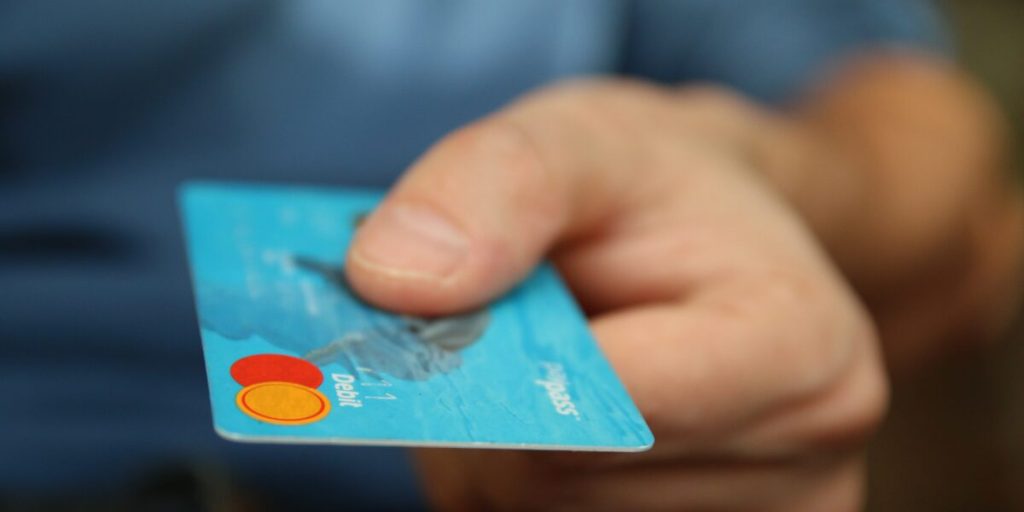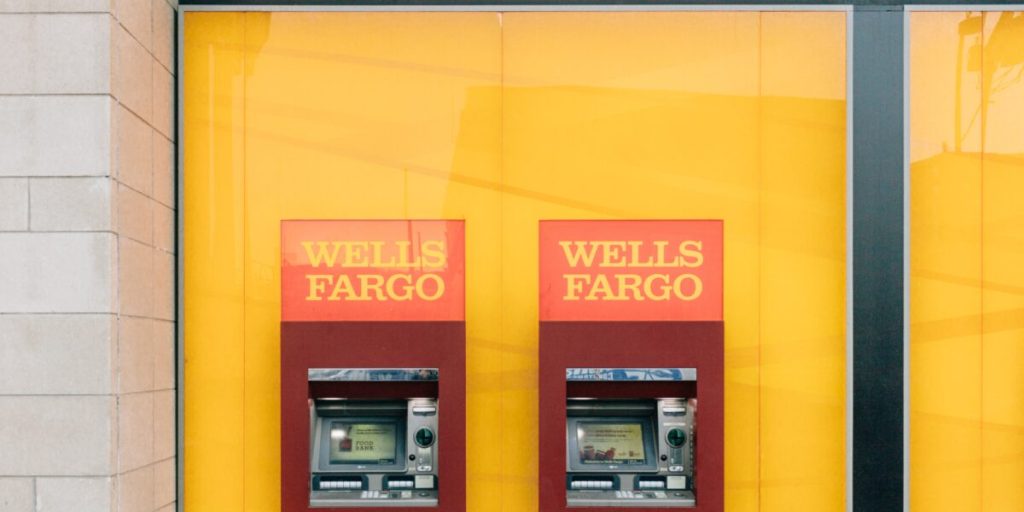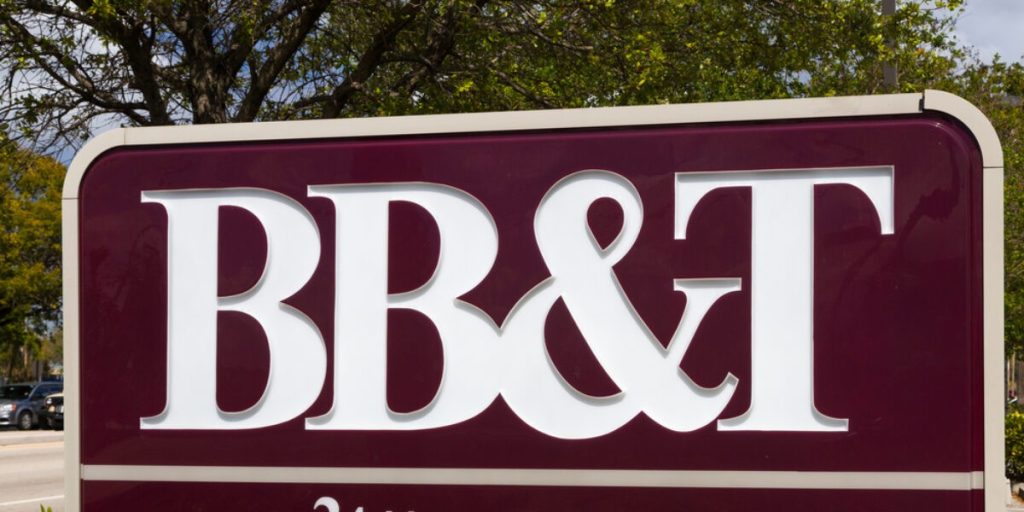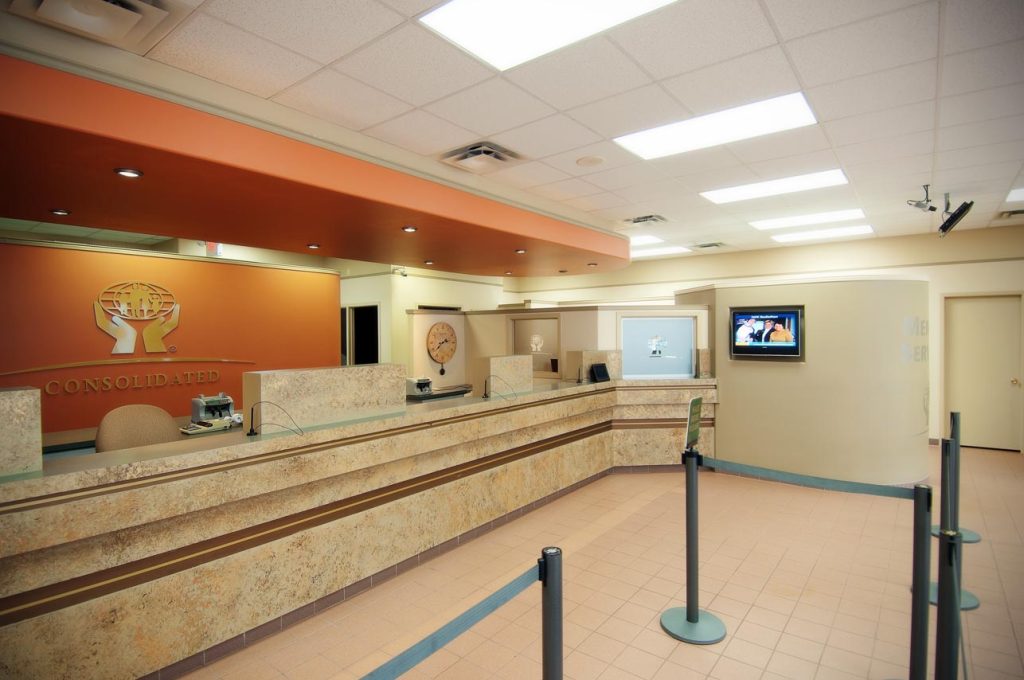How Can Small Banks Compete Against Large Banks? Supercharged SEO
Supercharge your SEO services and launch your community bank into the future with these key digital marketing strategies and concepts. The banking industry has been consolidating for 30 years, dropping from 14,000 banks in 1985 to fewer than 5,000 today. With smaller players being swallowed by industry heavyweights, it’s natural for community banks to wonder how well they can compete …
How Can Small Banks Compete Against Large Banks? Supercharged SEO Read More »










